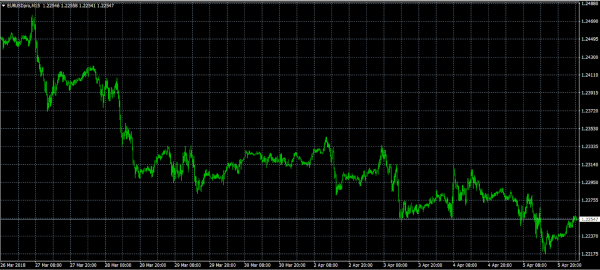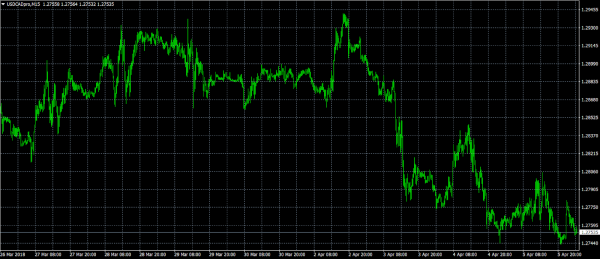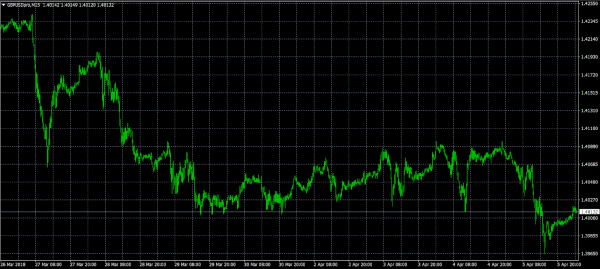Friday is US nonfarm payrolls day, which means currency traders, stock investors and other market participants will be glued to the economic calendar at 12:30 GMT. Luckily for them, the session will also feature other headline reports from around the world.
Action begins at 06:00 GMT with a report on German industrial production. The monthly reading is expected to show a 0.3% increase in February, compared with a 0.1% drop the month before. In annualized terms, this translates into growth of 4.3%.
About 45 minutes later, the French government will report on trade for the month of February. Paris’ trade deficit is forecast to narrow to €5.15 billion from €5.56 billion.
Other European data releases scheduled for Friday include Spanish industrial output and Swiss foreign currency reserves. Both releases will apply to the month of February.
Nonfarm payrolls will hit the news wire at the start of New York trading. The report is expected to show a gain of 190,000 jobs for the month of March, following a gain of 313,000 in February that was much higher than expected.
Average hourly earnings, an important proxy for wage inflation, likely grew 2.7% annually compared with 2.6% the month before.
The jobless rate is also forecast to improve to 4% from 4.1% as workforce participation also increases sharply to 63.5% from 63%.
Earlier in the week, the ADP Institute said private sector payrolls grew by 241,000 in March, compared with 246,000 the month before. The increase was much higher than expected.
North of the border, the Canadian government will also release its headline employment numbers on Friday. Canada’s economy is forecast to have added 20,000 jobs for the month, compared with 15,400 the previous month. The unemployment rate likely held steady at 5.8%.
EUR/USD
After being rangebound for much of the week, Europe’s common currency edged lower on Thursday as currency traders turned their attention to nonfarm payrolls. EUR/USD touched a low of 1.2231, putting it on track for its lowest level since early March. The pair was last seen trading at 1.2256, where it had gained 0.2% from the previous close. Overall, the euro is stuck in a sideways range going back many months, with upside limited to 1.25 and downside contained at 1.22.
USD/CAD
The USD/CAD extended its downward correction on Thursday, as the Canadian dollar remained buoyed by NAFTA optimism. The pair was last seen trading around 1.2755, its lowest level since February. Jobs data will likely determine the pair’s next move.
GBP/USD
Cable’s slide accelerated on Thursday, as the pair briefly traded below 1.4000. At the time of writing, GBP/USD was back above that crucial level to trade at 1.4015. According to a recent analysis by Westpac, the year-end target for the pair remains 1.4245.















